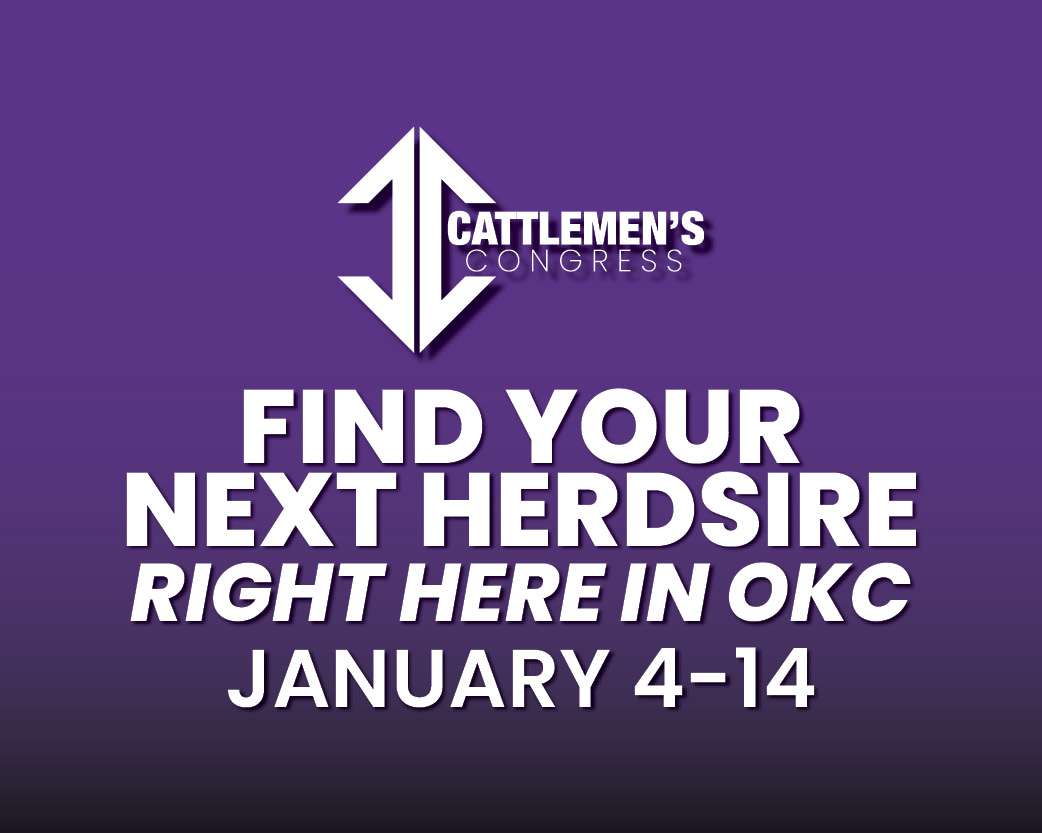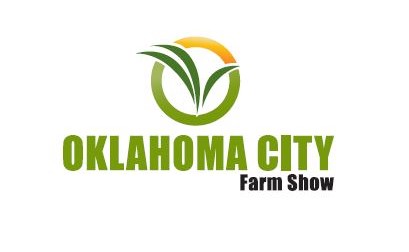
At the American Simmental Association STYLE (SimGenetics Training for Young Leaders and Entrepreneurs) Conference, Farm Director KC Sheperd talked with the Director of SimGenetic Development at the American Simmental Association, Luke Bowman, about the conference and the latest from the ASA.

“The American Simmental Association has done a really great job of growing our program, which is kids 21 and under,” Bowman said. “The folks that serve under our board of trustees generally are about 55 or older. We want to do a better job of creating the next generation of leaders, which are folks between 25 to 45. So, we have developed a conference built around leadership and connecting the segment of the industry in which we worked to help them get a better understanding of where they exist and why they exist.”
Bowman said the conference brought in individuals from all over, as people traveled from states such as Oregon, Alabama and more.
Bowman recently traveled to Australia to work with breeders and breed societies on understanding American genetics and how to increase trade.
“Simmental cattle are really evolving around the world, and Australia, outside of the U.S. and Canada, has about the most aggressive population of breeders there are,” Bowman said. “They are really interested in American genetics.”
Throughout the world, SimGenetics membership is up on the ASA side, Bowman said, and Simmental numbers and bull transfers are up.
“Sale average price for our cattle is really good,” Bowman said. “Things are good in the Simmental business.”
The focus and mission of ASA, Bowman said, is to serve the commercial producer.
“That is different from a lot of other breed societies that just want to promote strictly their breed,” Bowman said. “We think if we serve the commercial producer, everything else with the breed will develop and come along the way, and therefore, market share will continue to grow.”
Simmental cattle are unique from most traditional breed societies and associations, Bowman said, because the ASA has an open herd book where they accept the loss of percentage cattle.
“So, really, about half of our population that we register every year is a purebred Simmental, but the other half are percentage cattle,” Bowman said. “So, they are black and polled, different from what they used to be 40 years ago.”
SimAngus is a large part of the ASA operation, Bowman said, so developing and embracing the crossbred composite cow, has allowed the ASA to flourish.
“In the gulf coast states and here in the southern plains, Simbrah cattle continue to be the ‘flavor’ for folks who want to grow in the hot climates but also in the show ring,” Bowman said.
Bowman said the structural integrity of SimGentics has improved significantly over the years.
“We are considered a continental breed, so we are known for muscle and shape,” Bowman. “Also, we are one of the highest maternal terminal breeds there are. The females have lots of volume and a maternal look. The overall balance of the breed is why we are reaching the heights we are at today.”
ASA is also working on the sustainability front.
“We have an index called the All-Purpose Index, which is a combination of balanced EPDs,” Bowman said. “This is focused on the most profitable cattle.”
Lower input animals with higher yields are most profitable, Bowman said, so ASA is focused on promoting the utilization of the API.
Bowman also talked about Fall Focus 2023.
“Fall Focus is a great symposium educational piece we put on for our membership and the commercial producers,” Bowman said. “This year is going to be in Denver, Colorado. We are looking at heart failure in cattle. This is something the beef industry does not like to talk about the death rates because of heart conditions in feedlot animals.”
Experts will be invited to discuss these issues in the feedlot sector to help develop more research and discussion on this topic in the beef cattle sector.



















